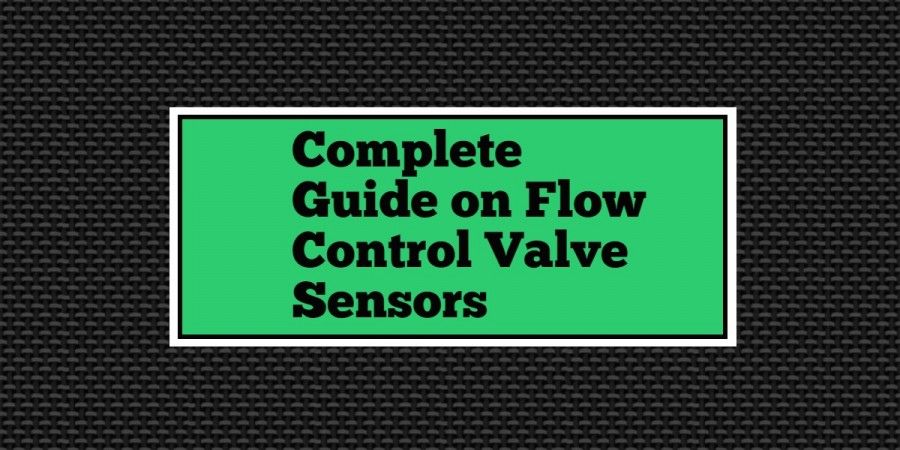Are you interested to know how flow valves work in industrial applications? This article has all the information you need to know about flow valve sensors.
Flow valve sensors are vital tools in liquid and gas industries as they allow users to monitor and regulate the flow rate. The type of flow controller use depends on the system or the application at hand. Flow valves are also categorized into simple and sophisticated types. Simple flow valves are adjusted manually by the user which complex ones can adjust themselves manually. As much as flow valve sensors are designed differently, their main purpose is to receive signals from flow meters and act on them to ensure everything is running at optimum levels. A flow controller can regulate and monitor both the temperature and pressure of fluids. Just like liquid flow meters, their temperature gauges provide signals.
What Are Flow Control Valves Used For?
The use of flow control valves depends on the hydraulic flow system being used. Since flow controllers come in different types, their functions will vary. Most flow controllers are used to regulate motor speed. Flow controllers also influence the rate of energy transfer in an application or hydraulic system at any point. This action is what makes the flow valves regulate the speed of motors. Reducing or increasing the flow pressure in a system has many benefits. For example, a hose can be depressurized fast where flow valves are used, which leads to efficiency in a system. Flow valve sensors are also commonly used in our homes. The lawn watering system is one of them where the water pressure flowing through the pipes is regulated to avoid wastage. Flow valves are also used in showers and faucets. The lifespan of a flow valve is increased by clog-resistant design.
Types of Flow Control Valves
1. Pinch Valves
A great option of flow controllers for industries that deal with suspended solids in liquids is the pinch valve. This flow controller is cost-effective because it does not need hydraulic, pneumatic, or electric operators. This is due to its body design that acts as an actuator. The pinch valve closes when the user pinches rubber-like tubes to turn off fluid flow. Its maintenance cost is also low compared to other flow controllers.
2. Globe Valves
The way that these flow valve sensors work is in a linear motion. This allows it to regulate the flow by either starting or stopping the flow of fluids. The Globe flow controller has a plug that initiates closure. The plug has a convex bottom that is inserted in a horizontal seat in the middle of the valve. Fluids will flow in once the plug rises when the user opens the valve. This type of flow control valve is used in systems that need pressure drop as a controlling factor. However, compared to other flow valves, globe valves produce slightly higher pressure drops.
3. Gate Valves
As a service valve, a gate valve is normally used for on/off or non-throttling as service valves. A gate valve requires systems that work with straight-line pipes. The stem in the gate valve is turned clockwise to close the flow or anticlockwise to open the flow. Applications that have free bore or need minimum pressure loss work well with a gate controller valve.
Conclusion
Flow valve sensors are vital components in a hydraulic system or companies that deal with fluids. Their main purpose is to sense and regulate the flow of fluids in domestic and industrial applications. Although there are many other types of flow control valves, these are the commonly used ones.








*********1@lxheir.com
I was chilling at home on a rainy day with nothing to do. I decided to look for something fun online to pass the time. I found https://luckystar-indian.in/ , and it caught my eye with its cool design. The site has slots, card games, and even live options, plus they give you bonuses like free spins and extra cash when you start. I liked how easy it was to jump in and try stuff without much hassle.